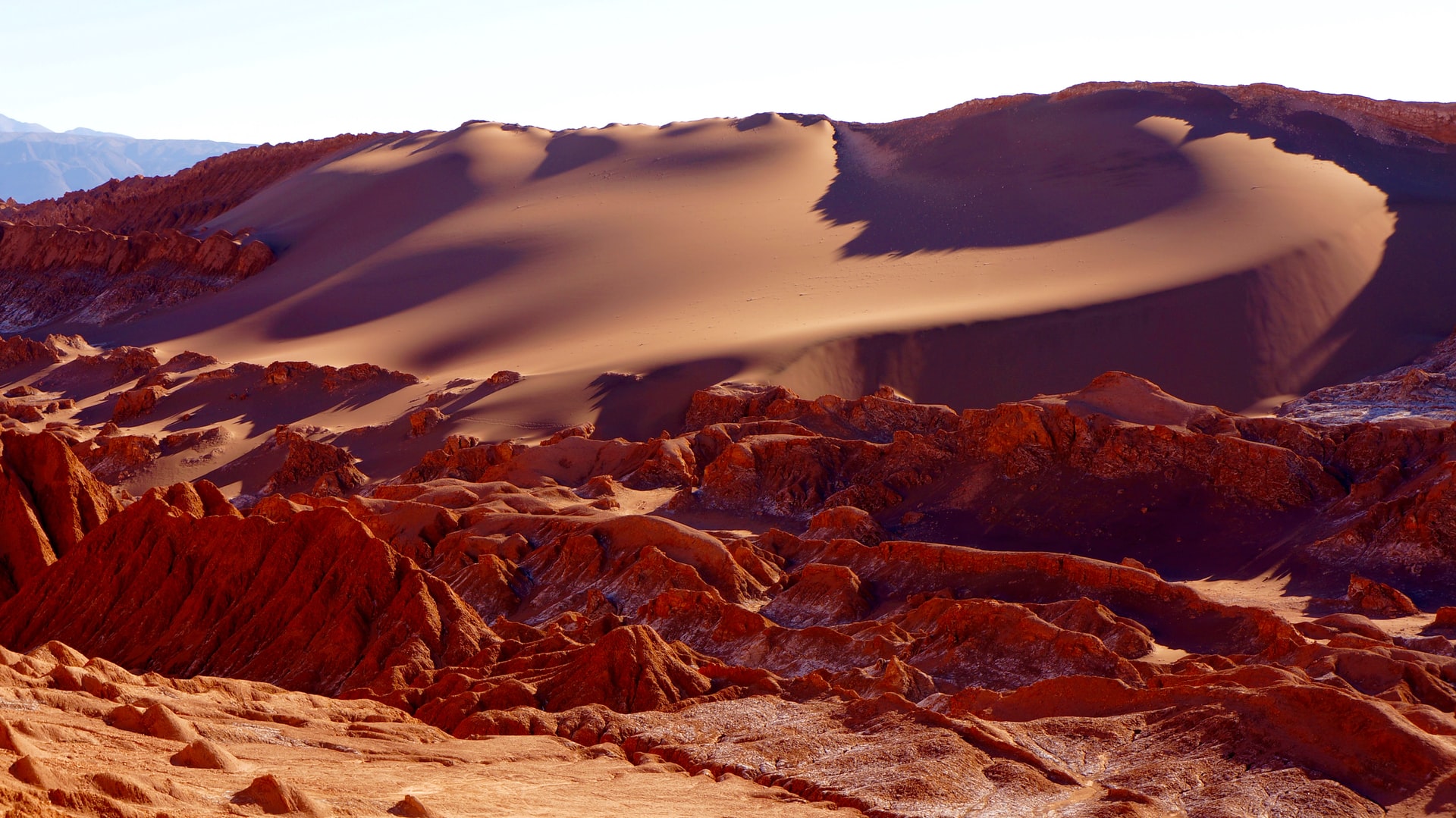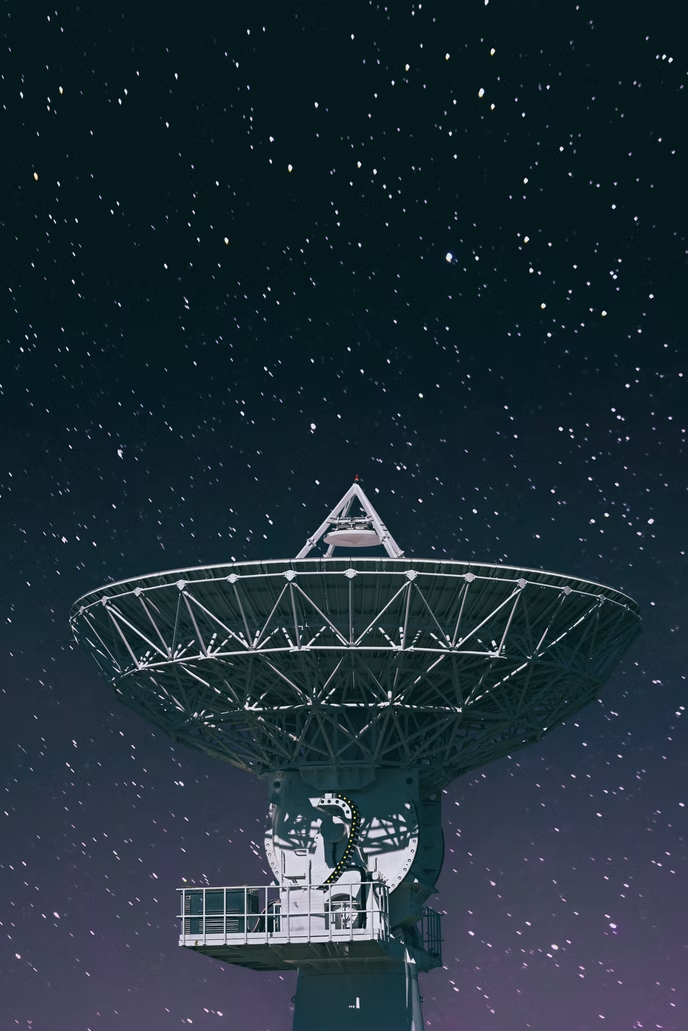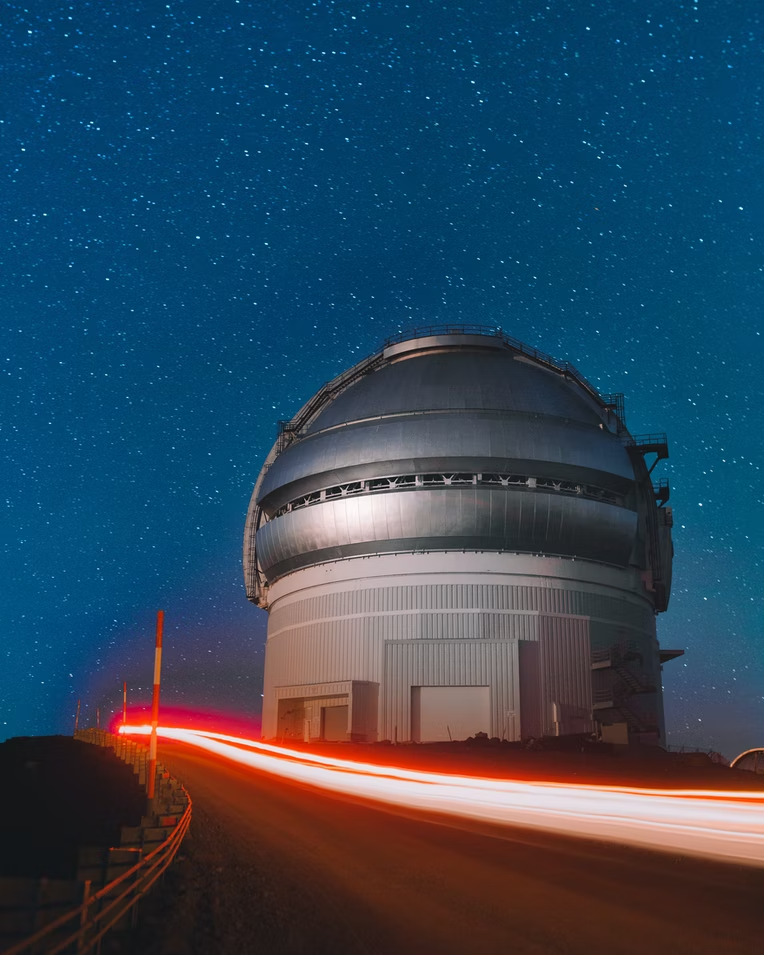Why Is Astronomy In Chile So Important?
CONICYT launched the Astronomy Program in 2006 to position astronomy as a critical field for the growth of science in Chile and to transform Chile into a world astronomy power...
Author:Suleman ShahReviewer:Han JuMay 19, 2022149 Shares1.9K Views

Astronomy In Chile- CONICYT launched the AstronomyProgram in 2006 to position astronomy as a critical field for the growth of sciencein Chile and to transform Chile into a world astronomy power. Chile's sky are exceptional for astronomical observation.
As a result, this country is home to some of the world's most powerful observatories, including Gemini–South, GMT, LSST, E–ELT, APEX, and ALMA.
Chile will be home to 70% of the world's telescope infrastructure by 2020, representing a USD 6 billion investment.
Why Is Chile Known As An Astronomy Paradise?
Chile is an astronomer’s paradise. The country is justly famous for its lush valleys and snowcapped volcanoes, but its most striking scenery may be overhead.
It is home to some of the finest places on Earth to enjoy the beauty of the starry sky. If there’s one country in the world that really deserves stellar status, it’s Chile.
What Are The Best Spots For Astronomers In Chile?
Northern Chile has some of the greatest astronomical sky in the world. Over the last decade, an increasing number of Chileans and visitors have visited the different facilities to study the skies.
However, since the 1960s, the majority of observatories in the Norte Chico (Third and Fourth Regions) have been for scientific purposes primarily, leaving nothing for tourists.
In the mid-1990s, a study conducted by European scientists from the European Southern Observatory (ESO) determined that a new and more sophisticated observatory, this time in the Norte Grande (Second Region), would be built for highly scientific purposes, determining and revealing many mysteries in space.
Cerro Paranal Observatory, the world's biggest, was chosen as the location.
Most Important Observatories
APEX Observatory
The APEX Observatory is located in San Pedro de Atacama, on the Chajnantor plateau, which is almost 5100 meters above sea level.
The Center contains a 12-meter diameter astronomical antenna.
Experts believe the arid Atacameo desert in northern Chile to be one of the ideal settings for radioastronomical practice.
The European Southern Observatory (ESO) operates the Atacama Pathfinder Experiment (APEX) in Chile (ESO).
It also has the backing of the German Max Planck Institute and the Swedish Onsala Space Observatory.
Paranal Observatory
The Paranal Observatory is a Chilean astronomical observatory located in the Taltal commune of Antofagasta's Second Region.
On the Cerro Paranal 2635, this astronomy facility was founded. In the Cordillera de la Costa, 43 meters above sea level, 130 kilometers south of Antofagasta and 12 kilometers from the seashore.
Eduardo Frei Ruiz-Tagle, then President of the Republic of Chile, and King Carl XVI Gustaf of Sweden jointly opened it in 1996. Cerro Paranal's VLT project is estimated to cost about $200,000,000.
This, like La Silla Observatory, is run by the European Southern Observatory (ESO), which initially revealed photos collected from the facility in May 1998.
It comprises the Very Large Telescope (VLT), which consists of four 8.2-meter telescopes.
The Very Large Telescope Interferometer, a fifth device, can integrate the light from these four primary telescopes (VLTI).
Antu, Kueyen, and Melipal Yepun are the names of three telescopes that represent the Sun, Moon, Southern Cross, and Venus (or evening star), respectively.
The names are derived from Mapuche. It also features four 1.8-meter Auxiliary Telescopes (AT) that may be added to the VLTI if the primary telescopes are required for other projects.
It also has the 2.5-meter VLT Survey Telescope and the 4-meter VISTA Telescope Survey, both of which have broad viewing fields and can scan consistently large portions of the sky.
ALMA Observatory
Alma Observatory (The Atacama Large Millimeter Array) is an international astronomical facility whose goal is to build a telescope unlike any other in the world.
Consisting of a group of up to 66 radiotelescopic antennas working together, all pointing to the same source to study the universe, from a location 5 thousand meters above sea level, in the Andes Mountain Range's highlands (Llano de Chajnantor), 50 kilometers from San Pedro de Atacama.
ALMA is the first genuinely worldwide astronomy initiative, bringing together scientists from all over the world to capture millimetric wavelength light with more advanced instrumentation.
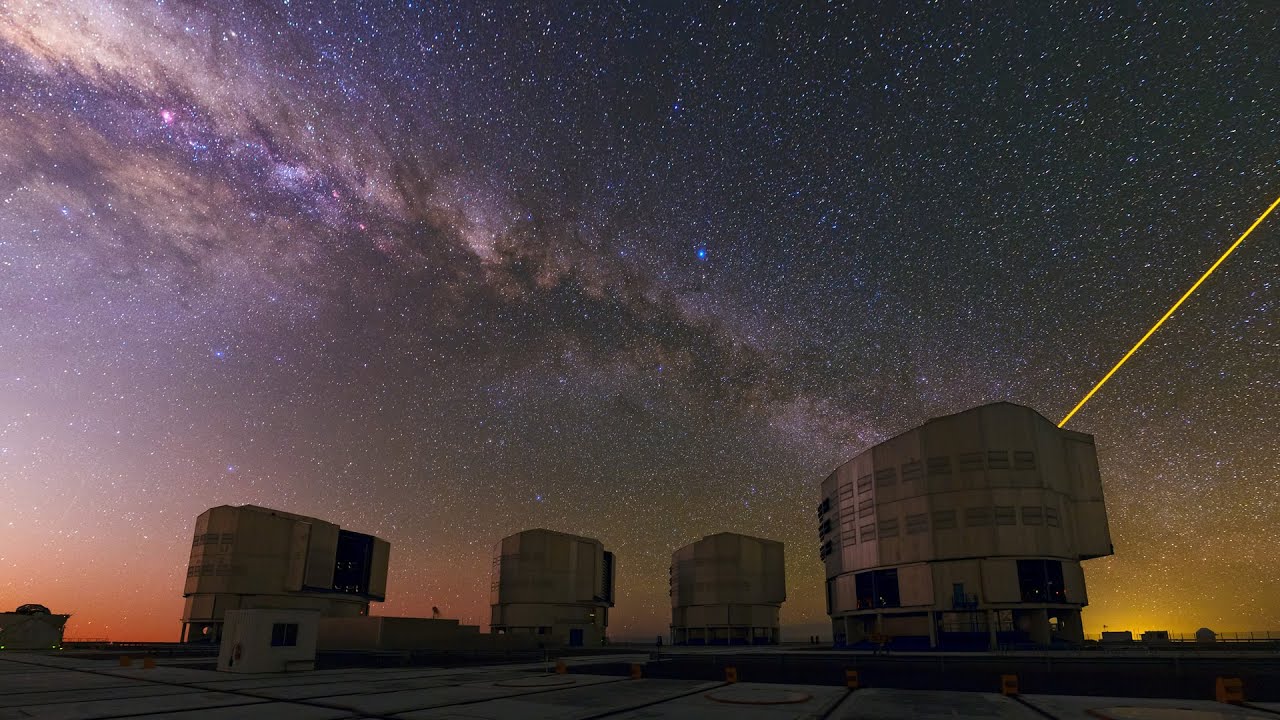
Chile: a worldwide hub for astronomy
La Silla Observatory
The La Silla Observatory is located 156 kilometers north of La Serena in the commune of La Higuera, in the province of Elqui, Coquimbo Region.
The Panamericana Norte's kilometer 595 leads to the observatory, which is located over 2400 meters above sea level in a light-polluted location.
Cerro La Silla is known for having completely clear sky for at least 300 days out of the year, virtually the whole year.
La Silla Observatory includes 14 optical telescopes with mirrors up to 3.6 meters in diameter and a 15-meter radiotelescope, making it one of the world's largest and most advanced astronomical observation stations.
LSST Observatory
The LSST is an outstanding astronomical initiative.
The Internet giant Google, which has already created a stir with its three-dimensional maps, has now added a mission to digitally film the whole region viewable from Earth with the Large Synoptic Survey Telescope in Chile (LSST)
The project, which involves 19 colleges and labs, aims to construct a telescope atop Cerro Pachon in the Forth Region that will be able to examine the whole space visible from Earth using a 3000 million pixel digital camera once a week.
Mamalluca Observatory
The Mamalluca Observatory, located 9 kilometers northwest of Vicua, was built by the Municipality of Vicua in collaboration with the Club of Amateur Astronomy (CASMIA) and supported by the Inter-American Observatory in Cerro Tololo and opened in November 1998.
Mamalluca Observatory's first stage (of five) has a 12-inch telescope supplied by AURA. It contains CCD detectors for electronic photography as well as data transmission computer devices.
In the second stage, we may enjoy a multimedia exhibition room where we can learn about all that surrounds us through visuals and photographs in a one-hour lecture.
Visitors to this unique location will find a restaurant and a souvenir shop in addition to the administrative offices.
Cruz Del Sur Observatory
The Cruz del Sur Observatory is made up of four domes, each with a powerful digital telescope between 14 and 16 inches, and a multipurpose area with a spherical dome connecting them.
We're talking about some of the most cutting-edge astronomical facilities in Chile, which launched in early 2009 and are expected to promote astronomical tourism in the Andean country significantly.
People Ask
Why Is Chile The Best Place For Astronomy?
The weather in Chile is ideal for astronomy, with little clouds in the Andes and nearly no rain in certain areas.
Where Are The Astronomy Observatories In Chile?
Many astronomical observatories have chosen the Atacama Desert in northern Chile as their location.
It has 330 clear nights every year, in addition to having superb sky conditions due to its dry air.
Is Chile The Best Place For Stargazing?
Chile is one of the greatest countries for stargazingin the world. There are nine reserves and 26 parks classified as dark sky sites, so there are plenty of beautiful places to look up.
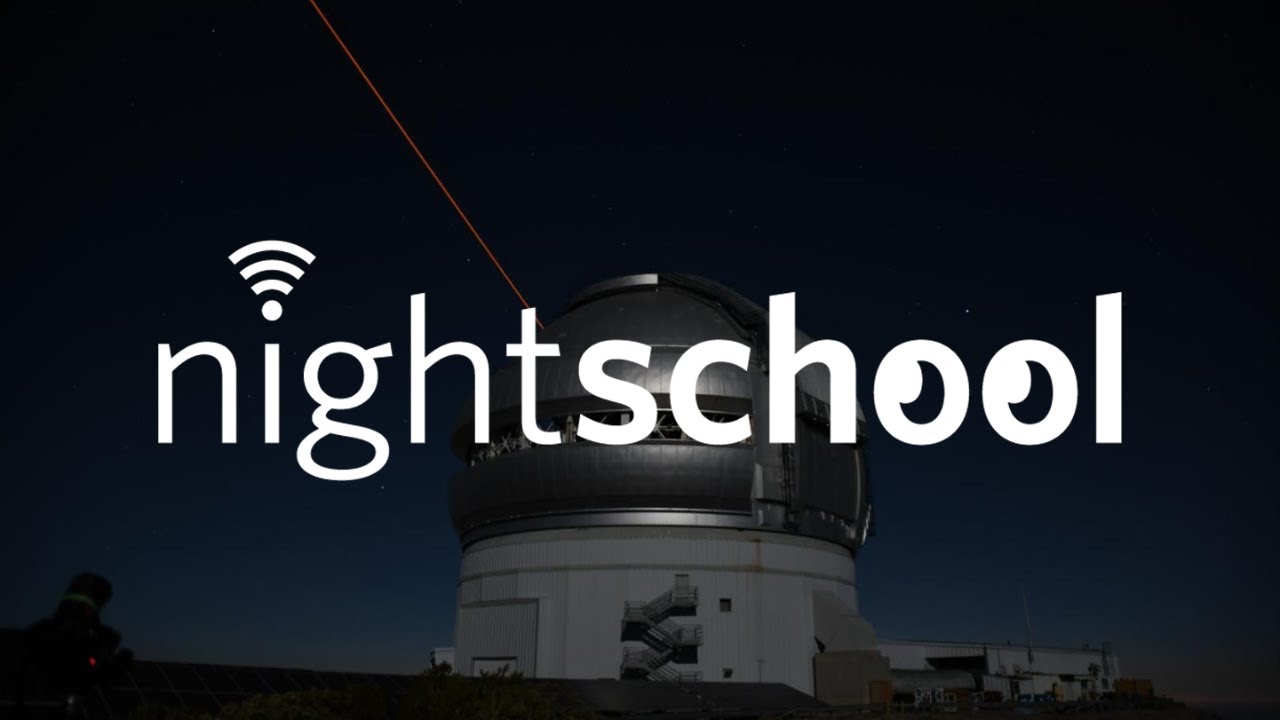
NightSchool: Astronomy in Chile
Conclusion
The universe has a hold on astronomers, as viewed and experienced from Chile's cosmic paradise.
When you go there and see for yourself, you'll understand. Who knows, maybe one day we'll run into each other and share the views of the Chilean starry night.
Have you ever travel to Chile? Do you love astronomy? Leave your comments with your thinking about this topic.

Suleman Shah
Author
Suleman Shah is a researcher and freelance writer. As a researcher, he has worked with MNS University of Agriculture, Multan (Pakistan) and Texas A & M University (USA). He regularly writes science articles and blogs for science news website immersse.com and open access publishers OA Publishing London and Scientific Times. He loves to keep himself updated on scientific developments and convert these developments into everyday language to update the readers about the developments in the scientific era. His primary research focus is Plant sciences, and he contributed to this field by publishing his research in scientific journals and presenting his work at many Conferences.
Shah graduated from the University of Agriculture Faisalabad (Pakistan) and started his professional carrier with Jaffer Agro Services and later with the Agriculture Department of the Government of Pakistan. His research interest compelled and attracted him to proceed with his carrier in Plant sciences research. So, he started his Ph.D. in Soil Science at MNS University of Agriculture Multan (Pakistan). Later, he started working as a visiting scholar with Texas A&M University (USA).
Shah’s experience with big Open Excess publishers like Springers, Frontiers, MDPI, etc., testified to his belief in Open Access as a barrier-removing mechanism between researchers and the readers of their research. Shah believes that Open Access is revolutionizing the publication process and benefitting research in all fields.

Han Ju
Reviewer
Hello! I'm Han Ju, the heart behind World Wide Journals. My life is a unique tapestry woven from the threads of news, spirituality, and science, enriched by melodies from my guitar. Raised amidst tales of the ancient and the arcane, I developed a keen eye for the stories that truly matter. Through my work, I seek to bridge the seen with the unseen, marrying the rigor of science with the depth of spirituality.
Each article at World Wide Journals is a piece of this ongoing quest, blending analysis with personal reflection. Whether exploring quantum frontiers or strumming chords under the stars, my aim is to inspire and provoke thought, inviting you into a world where every discovery is a note in the grand symphony of existence.
Welcome aboard this journey of insight and exploration, where curiosity leads and music guides.
Latest Articles
Popular Articles
